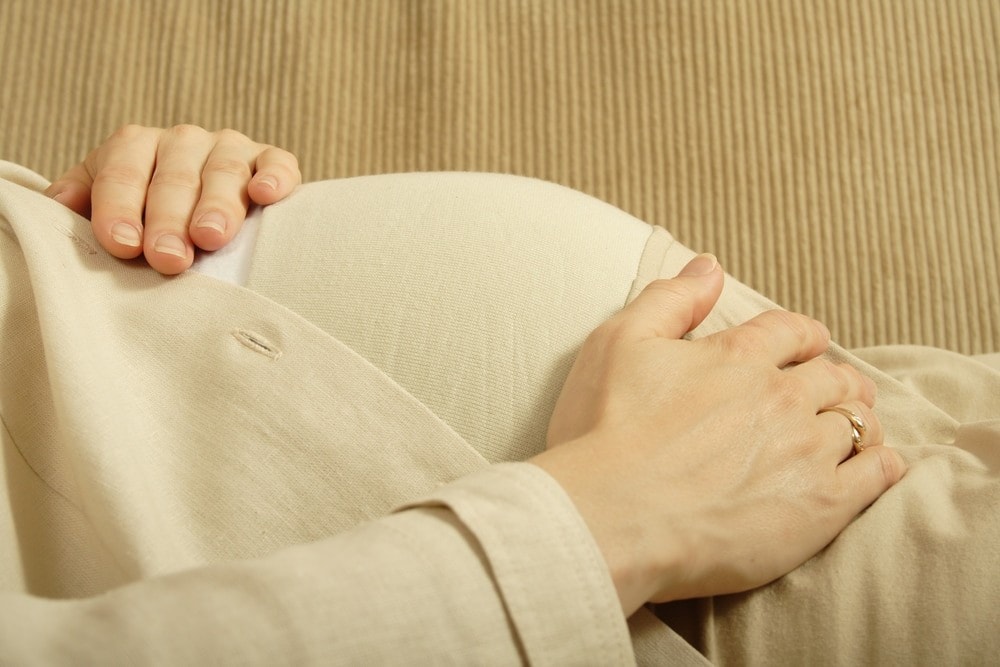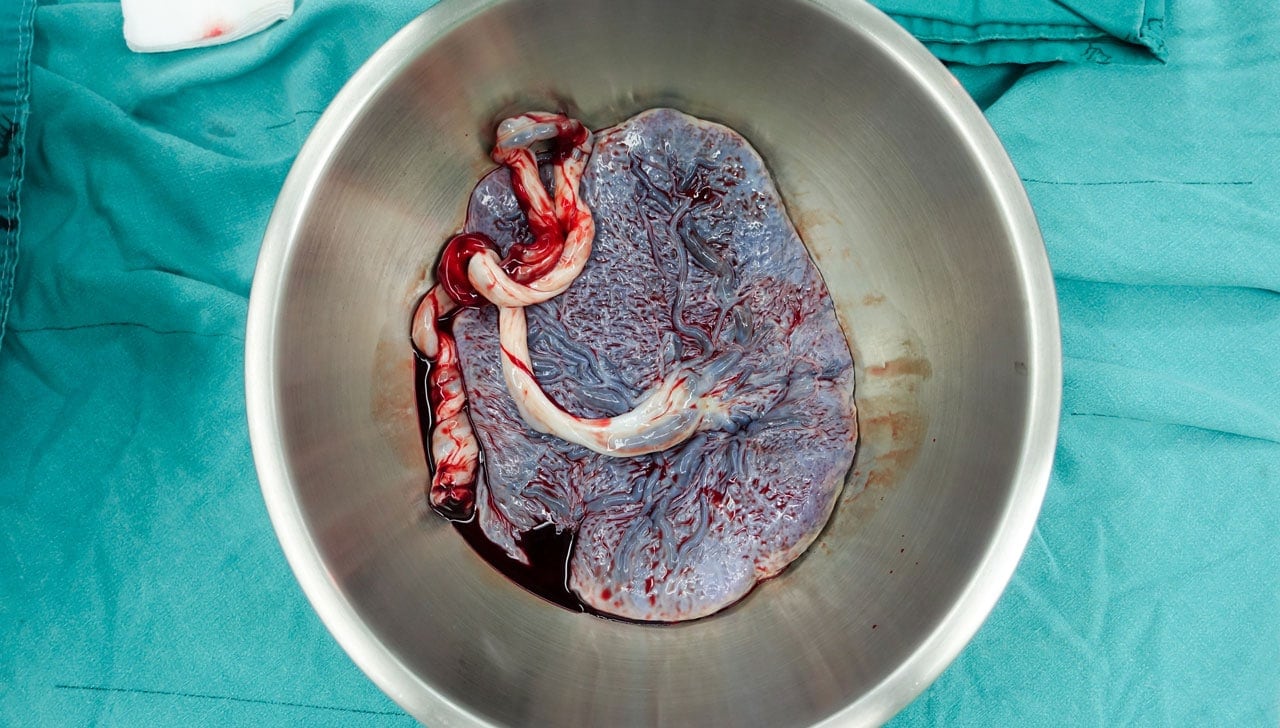Signs and Symptoms of Labor
Probably every woman who shares her labor experience tells a different story. Your delivery will be just as unique. However, the following information will prepare you for the signs of labor.
Six Signs that Labor is Within a Few Weeks or Days:
1. Lightening: You can breathe again! This is an indication that the baby has dropped, settling deeper into your pelvis and relieving some of the pressure on your diaphragm which helps you to not be so short of breath. You may feel increased pressure on your bladder, however, meaning more trips to the bathroom.
People may comment on your changed appearance, even though you might not recognize the changes yourself.
2. Bloody show: Loss of mucus plug. During pregnancy, a thick plug of mucus protects the cervical opening from bacteria entering the uterus. When your cervix begins to thin and relax, this plug is naturally expelled. Some women think the plug will look solid like a cork, but it is actually stringy mucous or discharge.
It can be clear, pink, or blood-tinged and can appear minutes, hours, or even days before the onset of labor. Not all women notice this sign.
3. Rupture of membranes: Your water breaks! Only 1 in 10 woman experience a dramatic gush of amniotic fluid. This event usually happens at home, often when you are in bed. Sometimes the amniotic sac breaks or leaks prior to labor, and because your uterus is resting directly on top of your bladder, it can cause you to leak urine.
Sometimes it can be difficult to distinguish the urine from amniotic fluid.
If your membranes have ruptured and you are leaking amniotic fluid, it will be an odorless fluid. The discharge can be a sudden gush or a constant trickle. If you notice fluid leaking, you should try to determine if it smells like urine or if it is odorless. If it does not seem to be urine, you should contact your healthcare provider.
Until you see your physician or midwife, do not use tampons, have sexual intercourse, or do anything that would introduce bacteria into your vagina. Let your health care provider know if the fluid is anything other than clear and odorless, especially if it is green in color or foul-smelling which can indicate the presence of infection or meconium (more brownish/greenish).
4. Nesting: Burst of energy. For most of your pregnancy, you have probably been fighting the urge to take a nap, so you should easily recognize this symptom. A day will come when you will wake up feeling full of energy! You will be motivated to make lists of things to do, things to clean, things to buy, etc., and you will feel a sense of urgency about everything you’ve put off doing.
Despite these urges, remember that “Labor Day” may be just around the corner, so try to conserve your energy.
5. Effacement: Thinning of the cervix. In the last month of pregnancy the cervix will begin to stretch and thin. This is an indication that the lower portion of the uterus is getting prepared for delivery, as a thinner cervix dilates more easily.
Your health care provider can check for effacement in the final two months of pregnancy. Effacement is measured in percentages. You might hear your health care provider say,“You are 25% effaced, 50% effaced, 75%…” The Braxton Hicks contractions or “practice contractions” you have been experiencing may play a part in the effacement process. You will not have the ability to evaluate your degree of effacement. It can only be determined by a healthcare provider’s exam.
6. Dilation: Opening of the cervix. Dilation is the process of the cervix opening in preparation for childbirth. Dilation is measured in centimeters or, less accurately, in “fingers” during an internal (manual) pelvic exam. “Fully dilated” means you’re at 10 centimeters and are ready to give birth. Your healthcare provider can tell you how many centimeters your cervix has dilated and is also something that you cannot determine on your own.
One SURE Sign Labor is Really Happening:
Consistent Contractions: When you begin to experience regular uterine contractions, it is the strongest indication that you are in labor. When this happens, it is a good time to get out your notebook and record the exact time each contraction begins and how long they last.
These contractions can feel like menstrual cramps or like a lower backache that comes and goes. During early labor, they might be as far apart as 20 to 30 minutes. Over the course of time, your contractions are likely to begin occurring at shorter intervals of perhaps every 10-15 minutes or less.
When your contractions are consistently 5 minutes apart, it is time to call your healthcare provider.
Labor Contractions Have the Following Characteristics:
- They are regular
- They follow a predictable pattern (such as every eight minutes)
- They become progressively closer
- They last progressively longer
- They become progressively stronger
- Each contraction is felt first in the lower back and then radiates around to the front or vice versa
- A change in activity or body position will not slow down or stop contractions
- Your mucus plug may appear
- Membranes might rupture
- Your health care provider will notice cervical changes, such as effacement (thinning) or dilation
Want to Know More?
- Stages of Labor: Stage 1
- False Labor
- Inducing Labor
- Cord Blood Banking: Your Three Choices Explained
Compiled using information from the following sources:
1. William’s Obstetrics Twenty-Second Ed. Cunningham, F. Gary, et al, Ch. 17.
eMedicine, https://www.emedicine.com/






